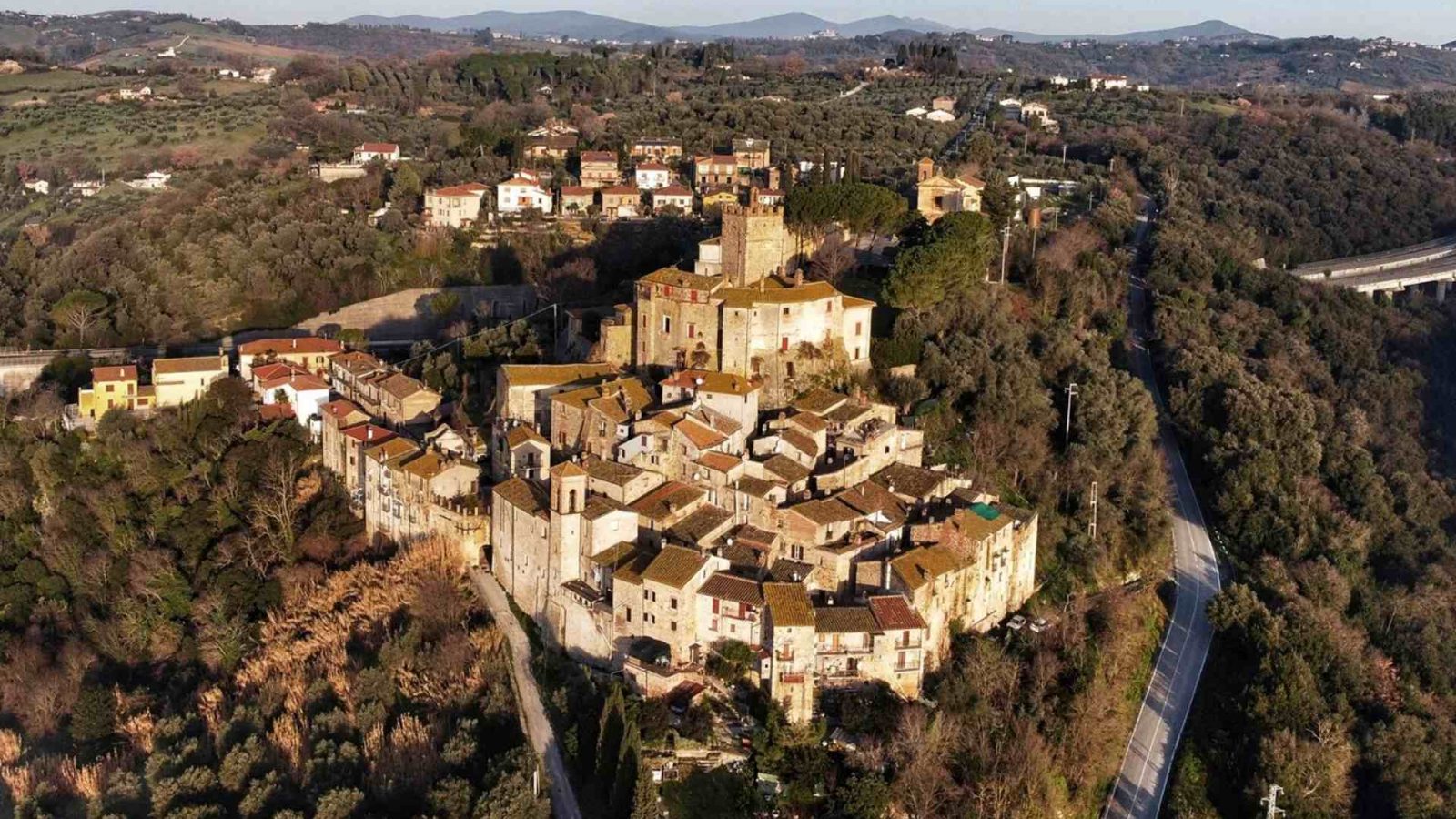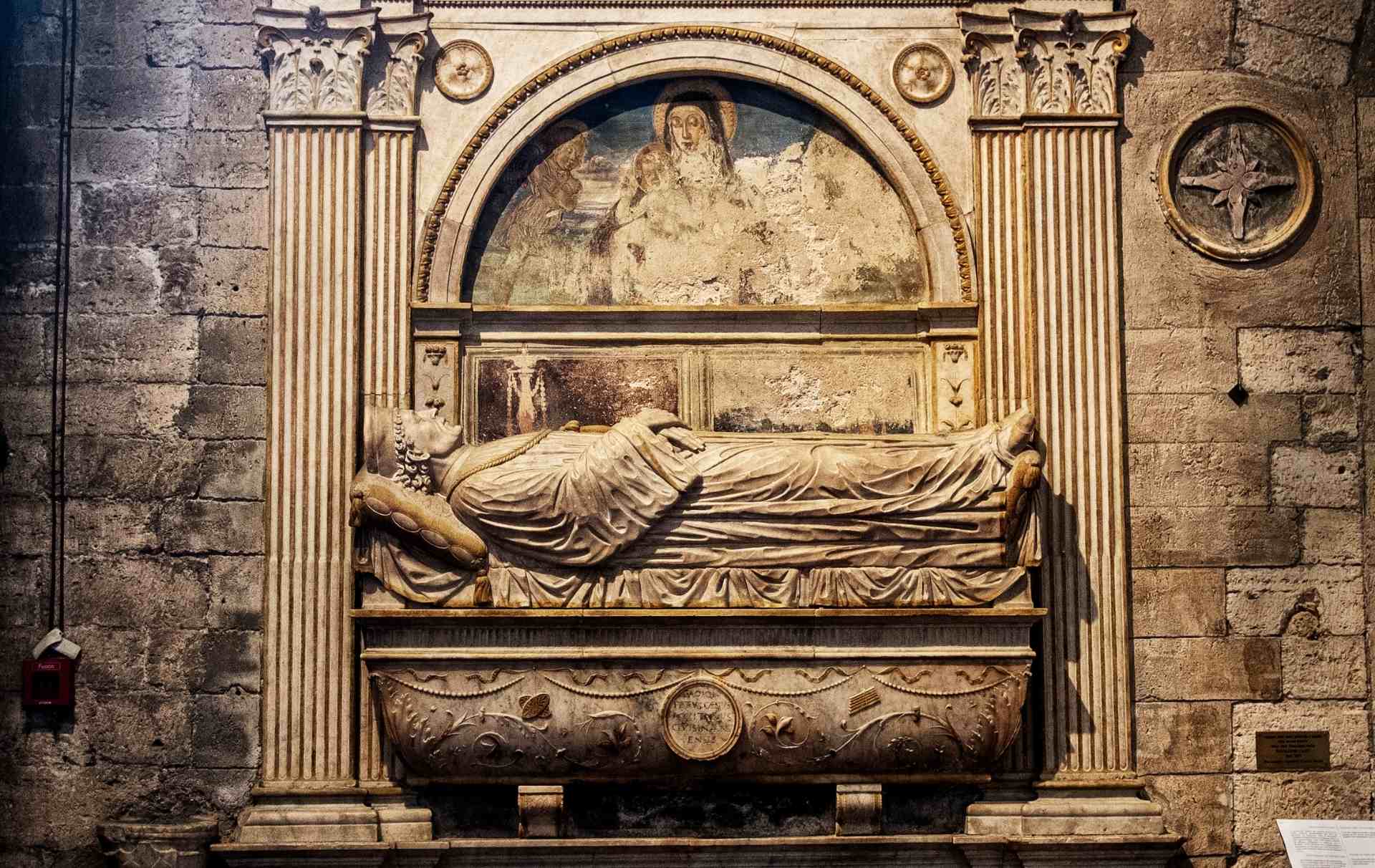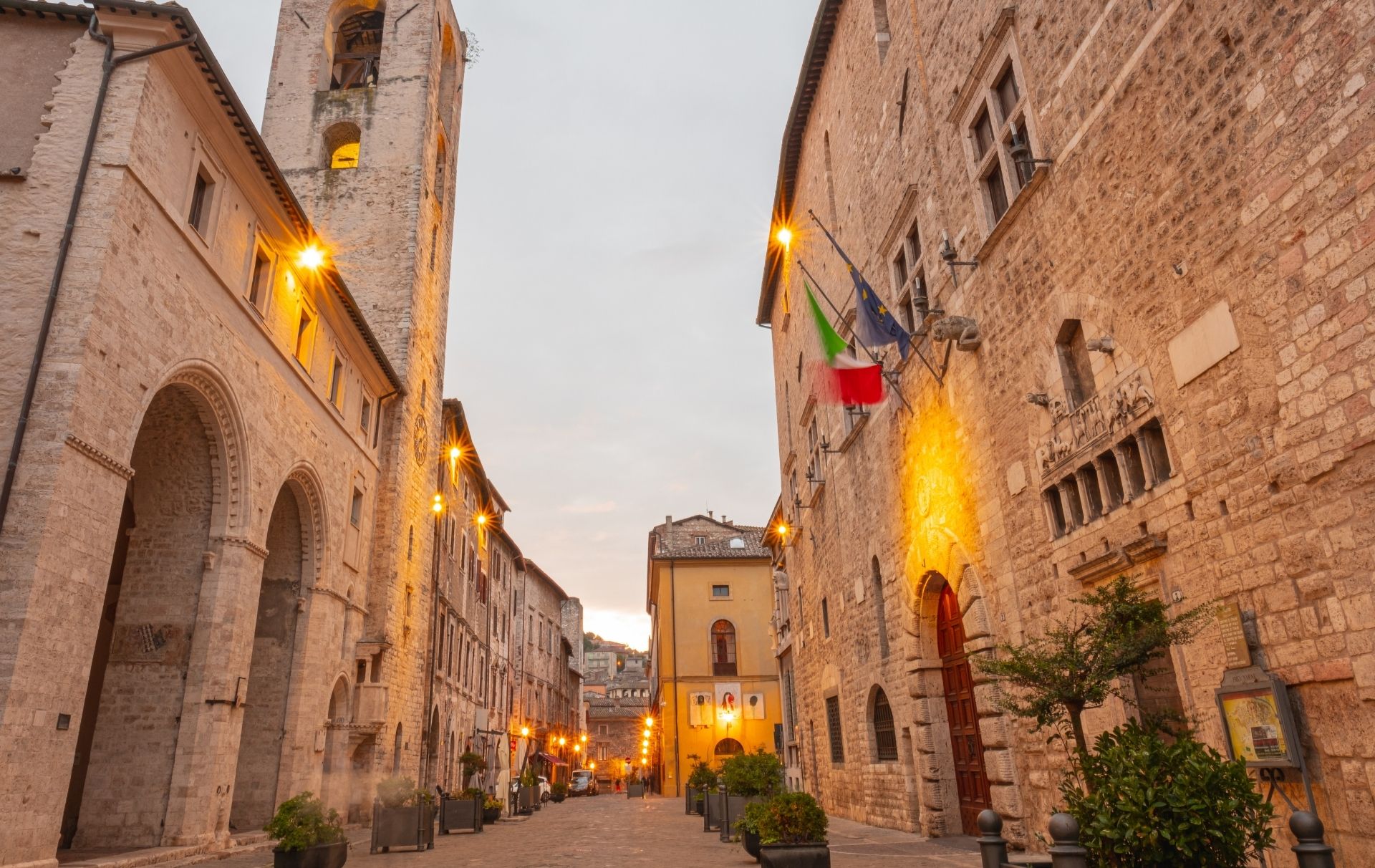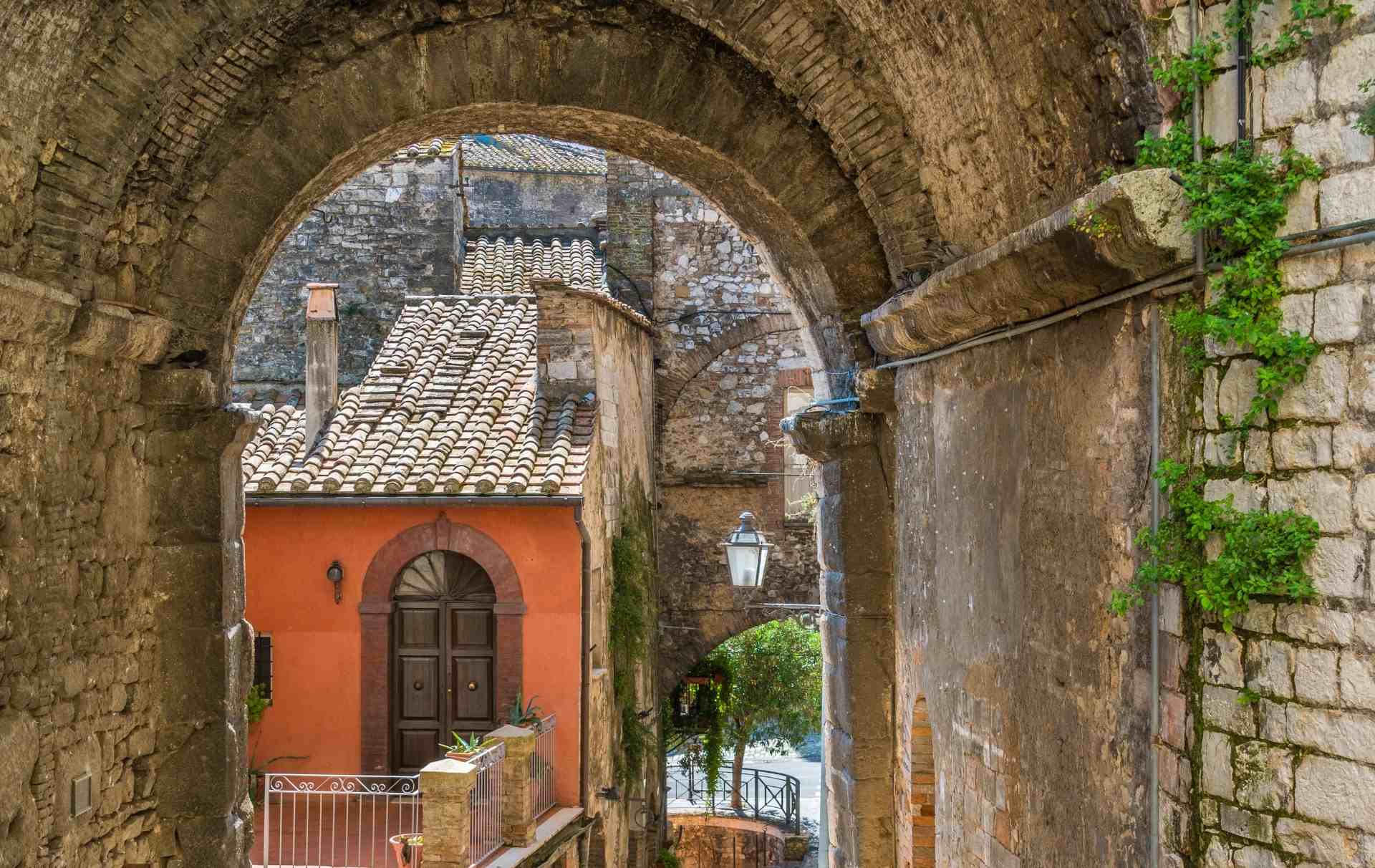Montoro is among the oldest and most fascinating castles in the territory of Narni and preserves, on a hill along the last tract of the Nera valley, its beautiful palace and the village that surrounds it.
The ancient castle of Montoro.
The village has a pyramid structure: at the base the village, then the palace on which dominates the characteristic tower.

The history of the castle.
The name of the castle appears for the first time in 857, when the Frankish emperor Luis II confirmed to the Abbey of Farfa his assets and privileges including the “fundum montem aureum” – that is the “fund of the gold mountain”.
The feudal system dates back to the 10th and 11th centuries, when the Montoro family was recognized by the Papal States as the lordship of the castle.
The statutes of the town date back to the 15th century. Only in 1816 the castle became a fraction of the Municipality of Narni.
What to see.
In the highest part of the village dominate the mole of the ancient watchtower placed in the noble residence known as Castle Patrizi-Montoro.
The baronial square, located adjacent to the garden of the palace, consists of a beautiful fountain, the bailiff building and the Baronial Church dedicated to Sant’Egidio.
On the opposite side, the narrow streets , the squares and the Church of Santa Maria Assunta, compose the village.
Interesting are the ruins of the Old Montoro, ancient fortified settlement to guard a path – protected by a millennial wood and walkable – which from Montoro leads to Stifone.
Montoro
Montoro – 05035, Narni
The Baronial Castle is private, the village can be visited by foot.
We suggested parking the car in piazza Baronale.
Discover Narni.
Discover with us the interesting places of Montoro or nearby.
Or discover the points of interest of Narni and of its territory:

The left aisle
The left aisle, placed on the lateral entrance from Piazza Garibaldi, preserves different works including graves, altars and chapels. The left aisle of the Cathedral of

Piazza dei Priori
One of the most beautiful squares in Umbria, Piazza dei Priori – in the past Platea Major – is in the highest part of Narni

Via dell’Arco Romano
Via dell’Arco Romano, for its views and different restaurants where people enjoy the traditional dishes of Narni and more, is one of the most photographed


